The world is running out of fresh water. The new documentary, DAY ZERO, is raising the alarm. The day when the water runs out is coming soon, especially to places like Colorado and the High Plains.
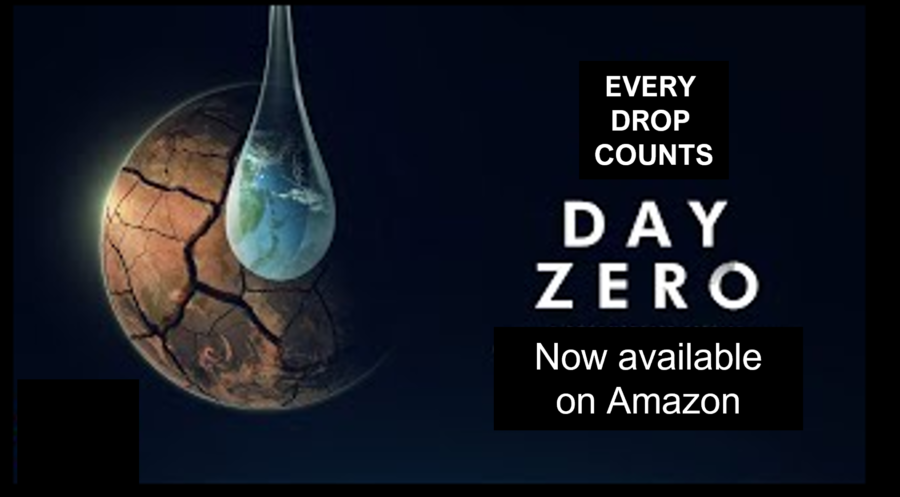
Humanity is rapidly consuming Earth’s fresh water supplies while removing nature’s ability to replenish them. Explore the journey to when Earth’s fresh water supplies will exhaust in service to modern comforts.
See trailer: DAY ZERO
The Arkansas and South Platte rivers that flow from the snow-packed Colorado Rockies to the High Plains of Eastern Colorado and Western Kansas are drying up. Growing cities like Colorado Springs and Denver are consuming more water, depleting two of the traditional sources of recharge for the Ogallala Aquifer. After transferring water north to a sprawling Colorado Springs, the Arkansas river is providing less and less water for growing food in the fertile fields of Southern Colorado, and barely, if at all, makes it to the Kansas border. At times, the South Platte water levels are nearly undetectable from an altitude of 8,500 feet at the Northeastern border of the state where the river once had a healthy flow into Nebraska.
“There was enough water to submerge the entire state of Colorado to a depth of forty-five feet, they called it the Ogallala Aquifer. Almost a third of the Ogallala water is already gone. Most of what’s left will disappear in the space of a lifetime.” –DAY ZERO
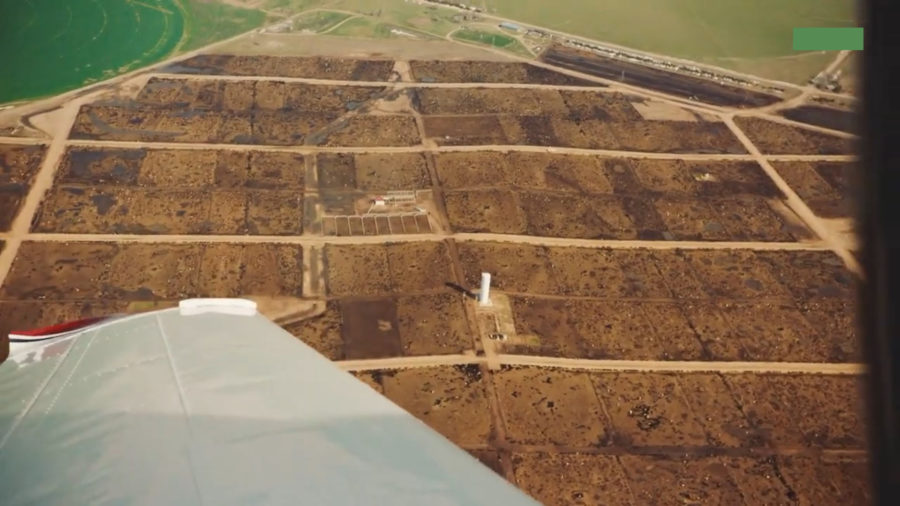
Over 130,000 head of cattle fill the Yuma County, Colorado feedlot, destined to JBS, the biggest meatpacker in the world.
“It’s not what the cattle are drinking, it’s what the crops are consuming in the production of corn and alfalfa hay.” – DAY ZERO
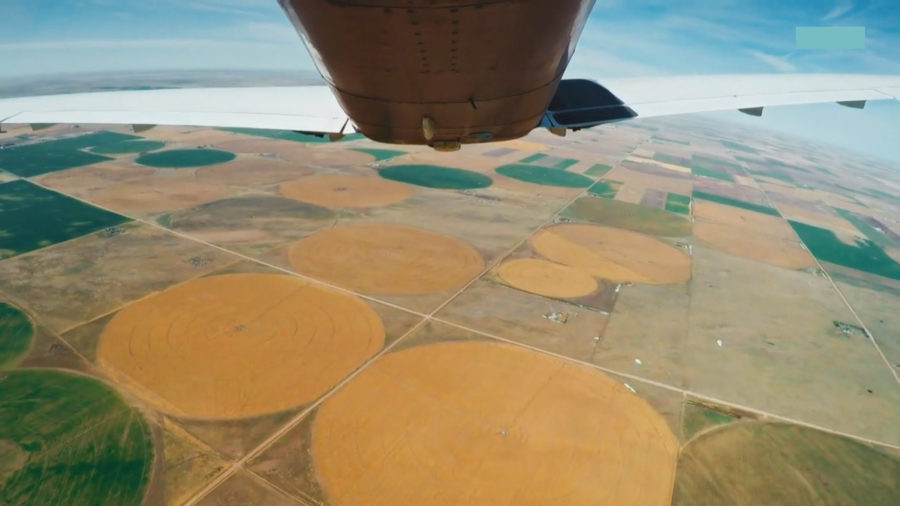
The precious Ogallala Aquifer water is free for the production of subsidized commodity crops that are sold at below cost of production prices to global corporations. When the water is gone, the companies will leave.
“The industrial model will fail because it’s not sustainable.” – DAY ZERO
When the water, the life blood of our existence, is gone, the big food corporations and promoters of urban sprawl will go somewhere else, leaving impoverished and hungry communities behind.
There are solutions
What if the extractive big food monopolies could be broken up, allowing rural economies to thrive, inviting people back from overcrowded urban areas to be part of a new healthier, more sustainable, and resilient food system.
What if safe pathways from the producer to consumer could be restored? What if smaller, safer, and more efficient local/regional meat processors, like we had fifty years ago, could return? Advantages of small rural slaughter plants, like Callicrate Cattle Company, include more efficient use of water, using and recycling thirty to fifty gallons per head, compared to over 700 gallons per head in the big plants.
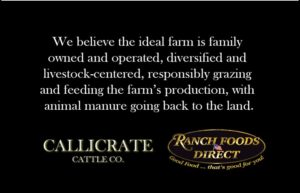
Downsize, diversify, and sell direct – Feed People instead of corporations.
What if, given a fair share of the food dollar and living incomes, family farms and ranches could become the husbandmen and land stewards they were meant to be?
What if barley was a USDA program crop, encouraging more farmers to grow it? Livestock finish very well on barley, and like wheat, barley is typically a dry-land crop that doesn’t require aquifer depleting irrigation.
Ask President Biden and your elected officials to help lead the effort in building new and better local/regional food systems that will serve our existing and future generations.
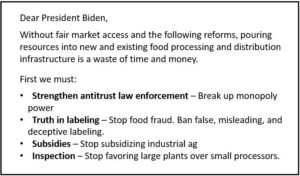
Also see the 2009 article from the Scientific American: The Ogallala Aquifer: Saving a Vital U.S. Water Source













pipeline water from ohio valley, mud on boots 6 months a year
import water through pipelines from ky ohio river area; stays wet here a lot
whose bright idea was it to have brazil and china own our food production capabilities.?
Dr. Mercola article. https://media.mercola.com/ImageServer/Public/2022/April/PDF/food-shortages-price-increases-pdf.pdf
Unfortunately, Big Ag has a great deal of control of our elected officials. To move to a more sustainable model will require every small rancher/homesteader/farmer to take an active role in making that happen. Big Ag has the leverage with our government that the small food grower doesn’t. The other issue is getting rid of lawns/parks with grass/golf courses/water parks, etc. But that’s probably too much to ask from the cities.
Thank you Mike for sharing this info. I life in Central Mexico in a small tourist Town with a foreign community of approx. 15’000 full time residents. Semi-arid climate with serious desertification in process and the regional Aquifer almost depleted (down to approx. the last 10% of water). Am in process of moving out onto an acre of land in the country. So I had the harebrained idea of proposing (and checking for possible interest) for a service of small compost toilets with (bi)weekly pick-up/exchange of the bucket to make it as convenient as possible for the people in town. The responses were sad and shocking to say the least: close to zero interest, passing the buck to the Farmers who are the ones using almost all that water (no idea who buys and consumes all that dairy and meat that is produced with lots of irrigated Alfalfa, or those wonderful leafy greens, of course also irrigated etc. I guess “Them Farmers” must eat a LOT 😉 oh, and various people mentioned that I should go out to the rural communities, because those poor people really are the ones who have water shortages… Well as I said, I was shocked and sad about the lack of interest, and more-so about the ignorance of the general (mostly US/Canadian retirees) public.
S’il ne pleut pas dans le désert c’est par absence de végétation et non pas l’inverse.
Si l’on veut restaurer le cycle de la pluie, il va falloir revegetaliser notre environnement.
Foreign-Owned Farms Draining Southwest Aquifers To Feed Cattle Overseas: https://news.mikecallicrate.com/foreign-owned-farms-draining-southwest-aquifers-to-feed-cattle-overseas/
Developers drying up Colorado River and precious farmland in the Arkansas Valley: https://www.youtube.com/watch?v=HeceXzboKZ8
The US government has been and continues to be our worst nightmare. And the Republicans are just as bad as the Democrats. For some time now, the tail wages the dog. Big business–whether it be big Pharma, Big Ag, Amazon, etc get their way nearly all the time. Breaking up Big Ag, is impossible because of the geopolitical ties. No body would want to offend China by cutting one of their many American based cash cows. Until the unsuspecting masses figure it out and apply serious pressure through product choices, there is not much as leverage. Getting the president’s attention would be a start, but how far can it go.